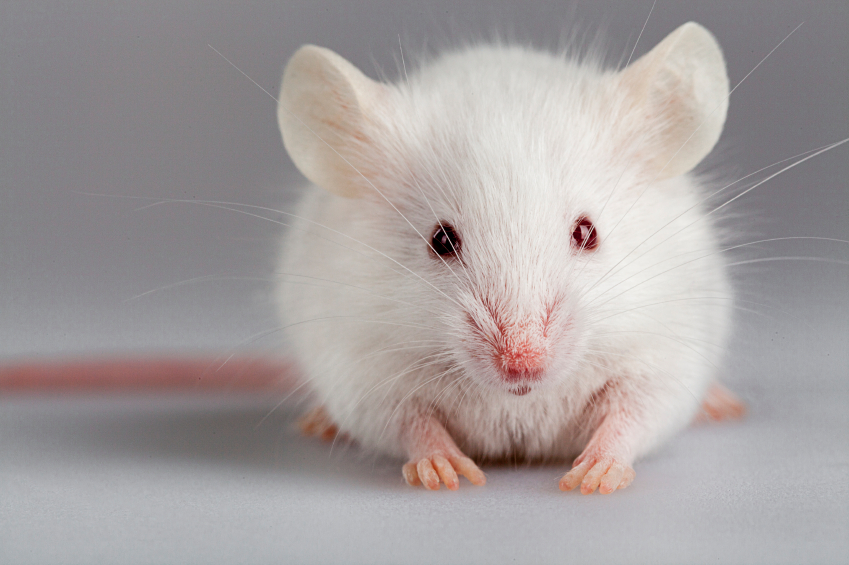Antidepressants and Ketamine Reverse Animal Models of Anhedonia and Learned Helplessness
Researcher Tony Pitts presented a study at the 2014 meeting of the International College of Neuropsychopharmacology (CINP) that described the neurobiology of an animal model of depression in rodents. In animal models, researchers provoke depression-like symptoms in animals with the hopes of finding neurobiological clues to human depression. Pitts’ studies explored the effects of acute stressors as well as more chronic long-term stressors such as learned helplessness.
In the rodents, acute stressors caused increased cell firing in the hippocampus, which caused increases in burst firing and an increase in the number of cells firing in the ventral tegmental area, which then led to increased activity in the nucleus accumbens (the brain’s reward center). However, after the stressor was over, there was an opponent process that resulted in a much more prolonged period of inhibition in the nucleus accumbens, with associated decreases in psychomotor activity and reward seeking. The rodents lost their preference for sucrose and engaged in less intracranial self-stimulation, pressing a bar to stimulate the brain pleasurably. These and other effects suggest an analogy to anhedonia (loss of pleasure in activities that were previously enjoyed), which is a key component of human depression.
In related studies, after experiencing periods of inescapable shocks, rodents developed learned helplessness, failing to avoid the area where shocks were delivered even when an exit was readily available. Rodents who had learned helplessness showed inhibited firing of cells in the ventral tegmental area, less activity in the nucleus accumbens, and apparent anhedonia. This inhibition was mediated via messages from the infralimbic prefrontal cortex (the equivalent to the subgenual cingulate cortex in humans, important for motivation) to the amygdala and then the GABAergic ventral pallidum, which decreased the number of dopaminergic cells firing in the ventral tegmental area. Blocking the amygdala input to this inhibitory pathway reversed the low dopamine firing and the anhedonia-like behaviors.
The anesthetic ketamine (which has rapid-acting antidepressant effects in humans) produces an immediate reversal of the learned helpless behavior in the rodents and increases the number of dopamine cells firing in the ventral tegmental area. Ketamine administered directly into the nucleus accumbens induces long-term potentiation (enhanced synaptic responsivity) and reverses helpless behavior and the long-term depression of neural firing that is associated with it.
Thus, when an acute stressor is over and the opponent process emerges, or following long-term chronic stressors such as learned helplessness, the excitatory path to the ventral tegmental area is absent, while the inhibitory path to the ventral tegmental area (via the infralimbic prefrontal cortex, amygdala, and ventral pallidum) predominates. Ketamine is able to re-activate the activating pathway and increase activity in the ventral tegmental area and the nucleus accumbens, changes that are associated with the reversal of learned helplessness and anhedonia.
Editor’s Note: In the previous BNN, we reported researcher Scott Russo’s findings that input from the intralaminar nucleus of the thalamus was critical to the depression-like behaviors seen in a different animal model of depression, social defeat stress, where repeated exposure to defeat by a larger, more aggressive animal produces behaviors that resemble human depression. Here in Pitts’ research, learned helplessness is induced by inescapable shocks. Both models share the finding that firing decreases in the reward area of the brain (the nucleus accumbens). However, the key part of the brain driving the low levels of activity in the nucleus accumbens and the associated depression-like behavior appear to be different in these two different models. The intralaminar nucleus of the thalamus plays a key role in the social defeat stress model, while the infralimbic cortex and the amygdala play key roles in the learned helplessness model. These data together suggest that part of the reason depression differs from person to person may be because the illness can be driven by different brain areas as a result of different kinds of stressors.


